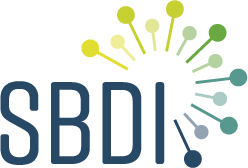Information about a dataset is called metadata. Metadata are important for increasing the usability of the data. Proper metadata helps a user find the relevant data and understand what it means (the data structure, the definition of terms used, how the data was collected, etc). Metadata usually include methods of data collection; taxonomic, geographical and temporal scope of the data; collectors and owners of the data; and software used to create or view the data. In many cases, researchers and other users of biodiversity data also request information about data quality so that they can filter and clean data according to their specific needs or scope of study.
Metadata is usually published together with a dataset. However, it may sometimes be useful to publish standalone metadata describing a dataset that is inaccessible, not available digitally, or only available by request. More information regarding this can be found in the guide describing the process of publishing Resource metadata.
